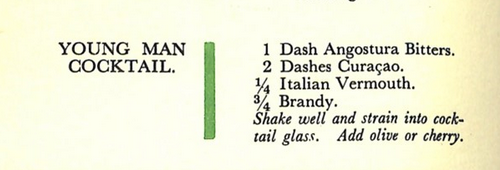After a rather better breakfast (at Achilles Coffee), we found ourselves at yet another street festival, the Chinese New Year celebration, complete with lion dancers…
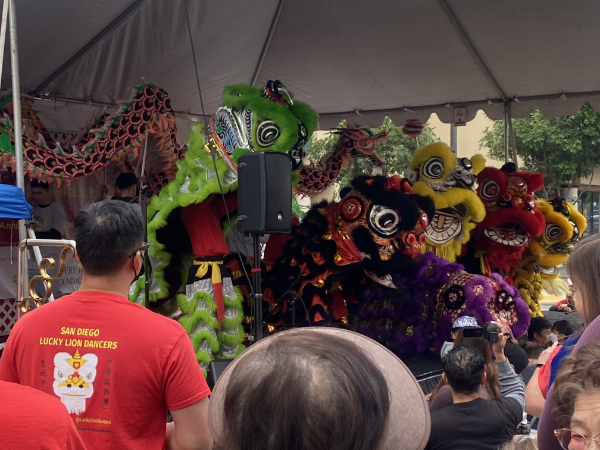
…and a rather listless dragon. Come on kids, commit to the bit!

One feeds the lions with little red envelopes into which one has placed a little cash. The lion will then guarantee good luck for the coming year.

Here’s my Lovely First Wife feeding the purple lion.

In a fullscale parade, you can also feed the lions cabbage, which they will chew into little shreds and then spit back out onto you. This is also good luck. (They did this onstage.)
From there we went to the zoo.
The zoo. The San Diego Zoo. The world-famous San Diego Zoo. People, this place is worth the entire trip. It is absolutely amazing.

If you go to San Diego and do not go to the zoo, then you’ve done it wrong. You’ve wasted your whole trip.
Our plan had been to do the zoo then walk over to the Museum of Art. This was naive — we spent the whole day there and did not see all of it.
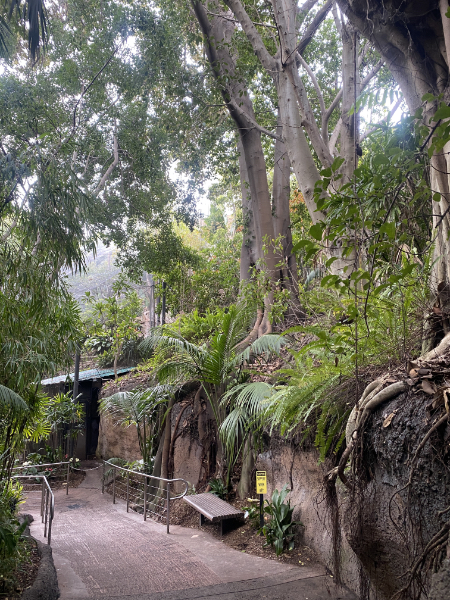
It is gorgeously designed.
It has kitties.

Several times we saw a big cat wake up or stop pacing and walk over to a specific spot — and a tour guide with a group would appear. Our guess is that like Abigail the Assistive Feline™ and Cecil the Pest™, they knew the schedule and perhaps had been coaxed there previously with treats.
Pro tip: Go down the Tiger Trail, wend your way about, and when you come to the large food court at station 13, under the Skyfari, head over to the tower, take the elevator up to the bridge, and cross over. We lucked into that path and were almost always walking downhill.
Ah, the bridge.

Remember my phobia of such things? Nope — that’s just over water. This thing didn’t bother me at all. (Coronado Bridge is also three or four times taller.)

The ring-tailed lemurs don’t live so much in family groups as in bundles:

It was chilly, so they huddled for warmth. But then the sun came out from behind a cloud, and sproing!

They literally snapped into little Buddhas to warm their tummies. We saw them do this a couple of times, and it was hysterical.
Here, have a cheetah doing a little blep with his tongue.

From the zoo we Ubered over to Old Town for a walking food tour, and it was a lot of fun after I figured out I had typed in the wrong address and we tracked the group down at the correct restaurant. Led by Dillon, it featured tacos, tequila, and history, including the second oldest graveyard in San Diego.
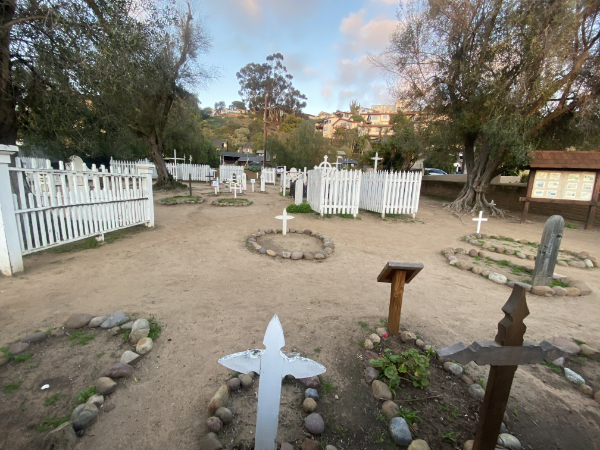
When they restored the place in the 1930s, the streets and sidewalks of course had claimed some of the area, so on the sidewalk you can see these:
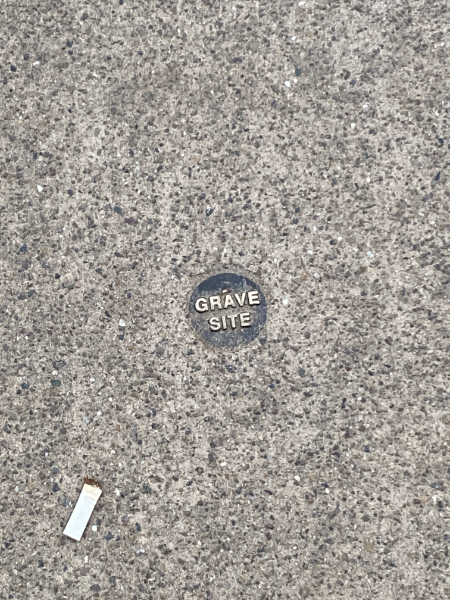
Most of the grave markers are reconstructions, memorials of the person buried in that spot. This stone, however, is original:
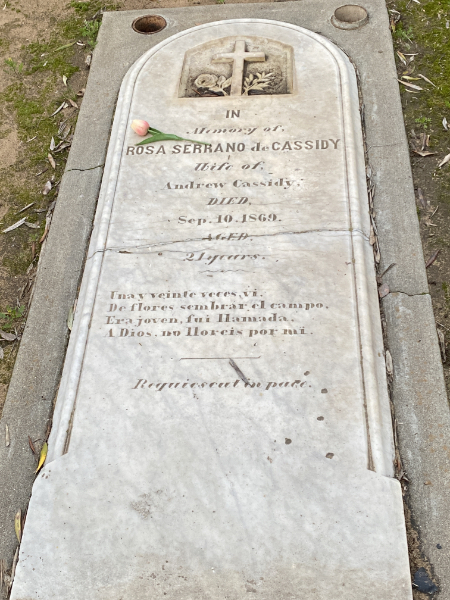
A young wife who died at 21. I was struck by the verse, translated on a sign: “One and twenty times I saw the fields planted in flowers, I was young. I was called to God. Do not cry for me.”
We ended up in the Old Town Park, a kind of touristy reconstruction of what San Diego would have been like in the early days. We exited through the Fiesta del Reyes, where this lovely construction greeted us:
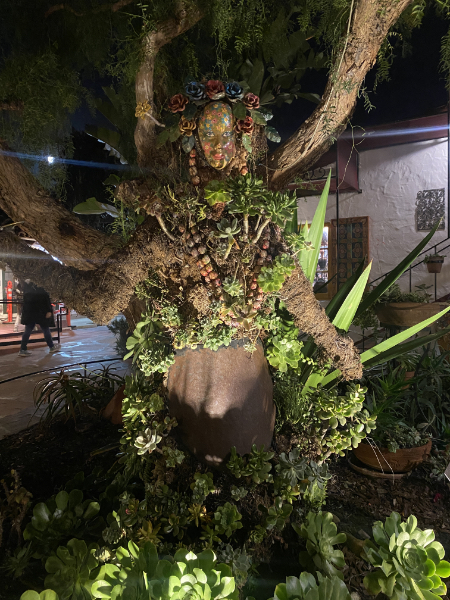
I took a photo to share with the hippies who participate in my March from the Dark Side at the burn.
We tried to eat lightly on this food tour, because we had reservations at Bencotto in Little Italy. There we failed to eat even half of the delicious pasta we were served, so we got to-go boxes and gave it to our Uber driver when we got back to the hotel.
Then we had fun. We went to the bar so I could have a farewell cocktail from bartender Cody, and there we met Juan. We had found Cody and the barstaff to be a warm and familial team, so it was unsurprising that other hospitality workers would gather there on a Sunday night for drinks and conviviality.
Juan was a waiter at Provisions, the hotel’s restaurant, and Juan was trying to figure out some things, namely how he was going to win the girl he liked, a fellow waiter. Juan had just broken up with his previous girlfriend (for the second and final time) and was agonizing over the situation. I and my Lovely First Wife then spent the next hour advising him.
We were joined by Niko from Greece, a guy from Spain whose name I didn’t catch, and finally a tall gentleman from Hamburg, who when we told him our son had studied in Munich gave the standard German response: Bavaria’s not really German. All of these guys were hospitality workers, and they clearly loved Juan and cared for him, eventually dragging him away to their next stop to start sobering him up. (Juan had shown his gratitude for our kindness by gifting me not one but two shots of Monkey 47 gin, and he had been drinking before we got there.)
Juan claimed me as his grandfather — although he’s not that young and I’m not that old — and asked for my contact info. We told him we’d be back next year to check on him. Niko invited us to his grandmother’s house on an island in Greece, where she would make us fantastic seafood. When he said he had a 17-year-old daughter, I inquired about her college plans, and he practically exploded with pride: she wants to be a museum curator and has been accepted into three schools, including a full ride at Duquesne. The other guys agreed she was stellar. It was all extremely gemütlich. I loved it.
They left for more of their evening, and we said good-bye to Cody and headed up to bed.
It was a great day.

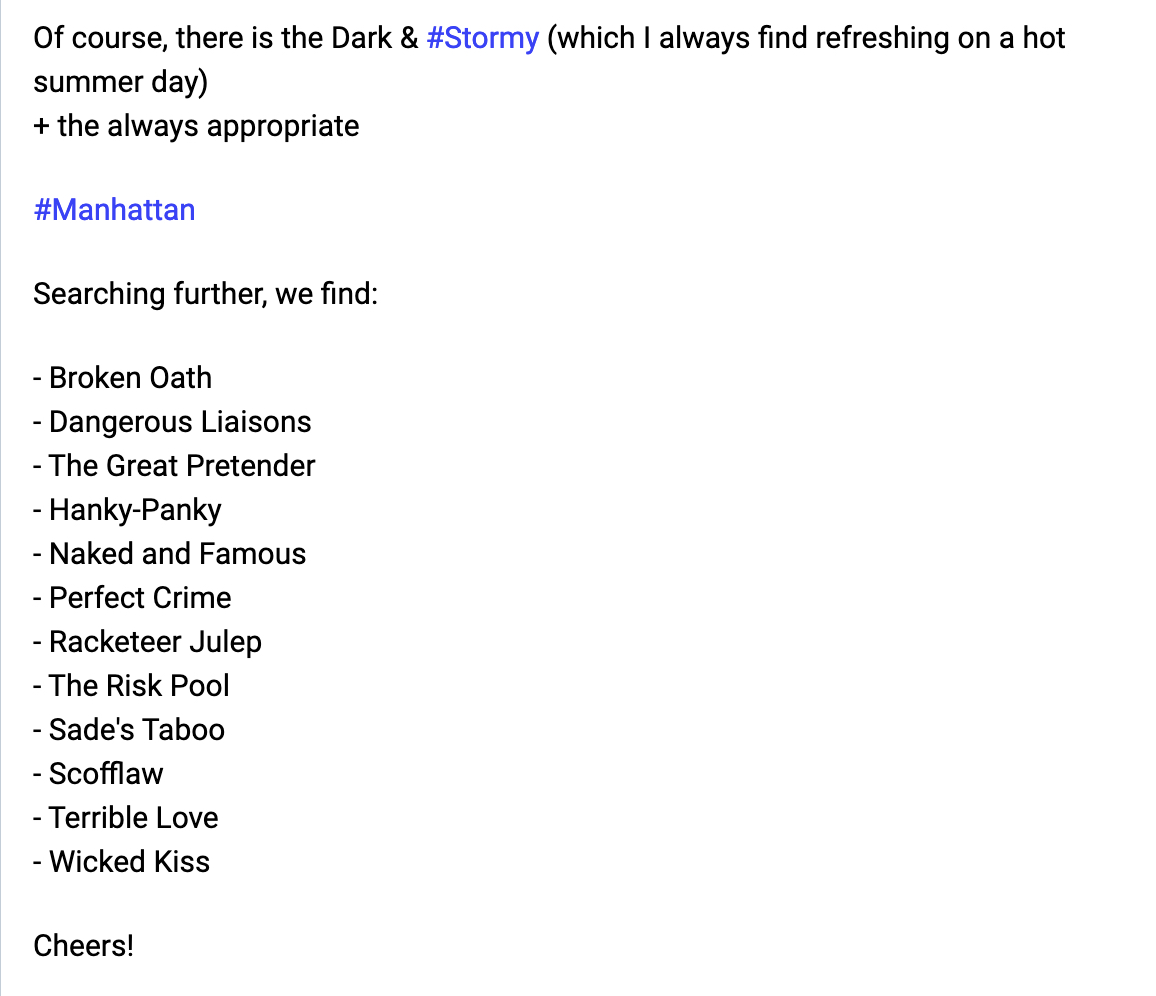
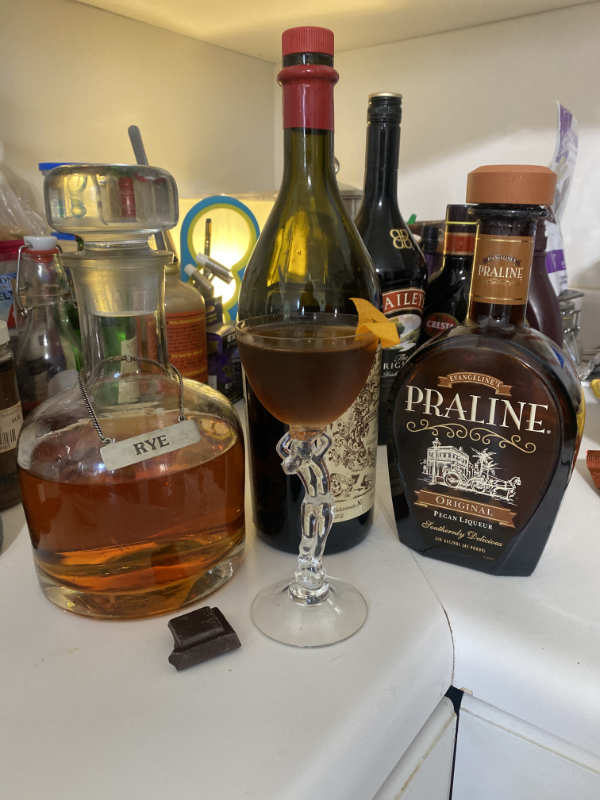 First of all, it should clearly be a Manhattan in a nod to the present indictment, and let’s add to that a praline liqueur both as a sweetener and as a nod to a possible future indictment, let’s say in Atlanta. A dash of black walnut bitters and a square of bourbon dark chocolate on the side pairs well as the dark and bitter theme, and we have a tasty tasty refreshment with which to end the week.
First of all, it should clearly be a Manhattan in a nod to the present indictment, and let’s add to that a praline liqueur both as a sweetener and as a nod to a possible future indictment, let’s say in Atlanta. A dash of black walnut bitters and a square of bourbon dark chocolate on the side pairs well as the dark and bitter theme, and we have a tasty tasty refreshment with which to end the week.
















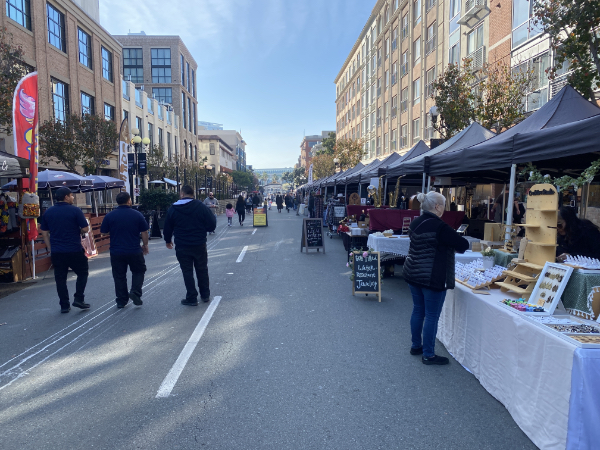









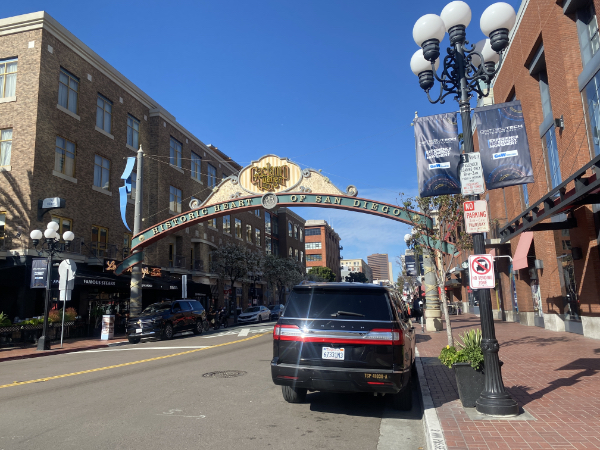

 Not a problem. We know how to find what we want. We retired to the Pendry’s Fifth & Rose bar, which does serve craft cocktails, for a mid-afternoon tipple and a chat with the bartender, Cody.
Not a problem. We know how to find what we want. We retired to the Pendry’s Fifth & Rose bar, which does serve craft cocktails, for a mid-afternoon tipple and a chat with the bartender, Cody.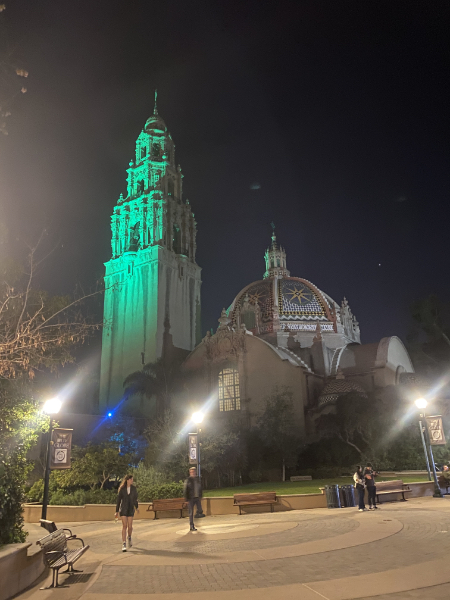
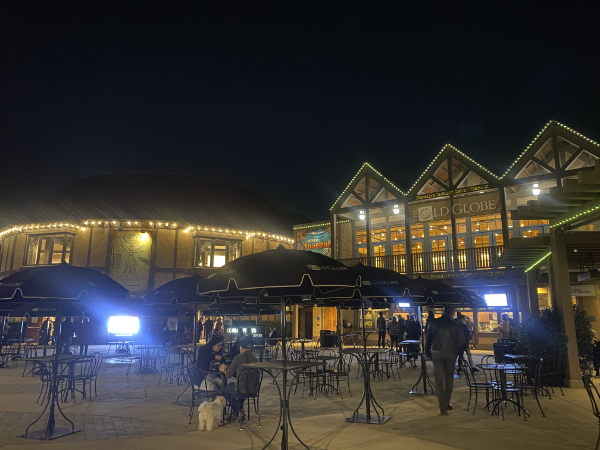


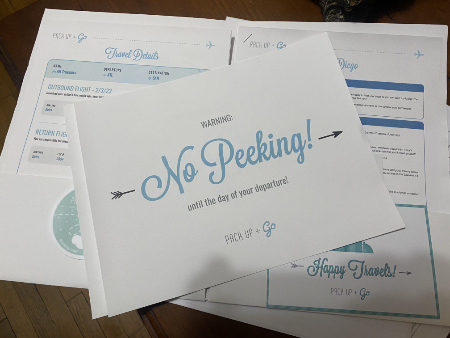
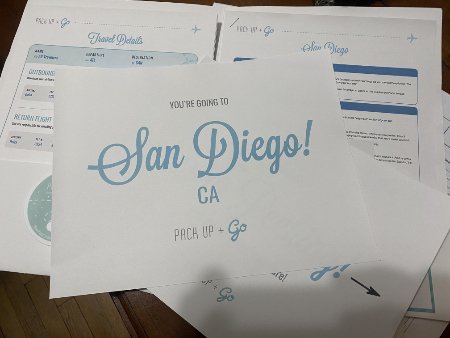

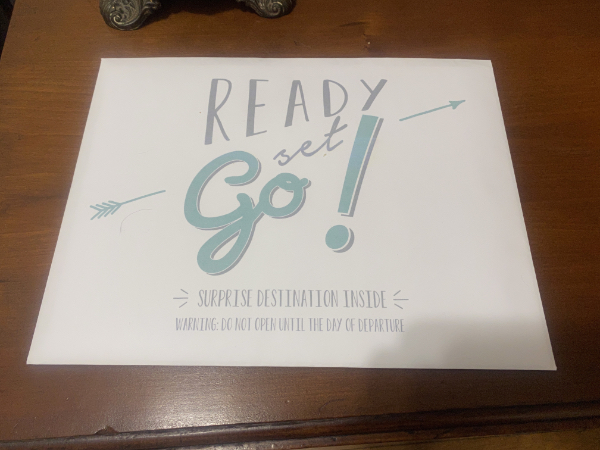 This is the envelope we got last week. We are not to open it until we’re headed to the airport, where we will have to print out boarding passes, etc., all on the fly.
This is the envelope we got last week. We are not to open it until we’re headed to the airport, where we will have to print out boarding passes, etc., all on the fly.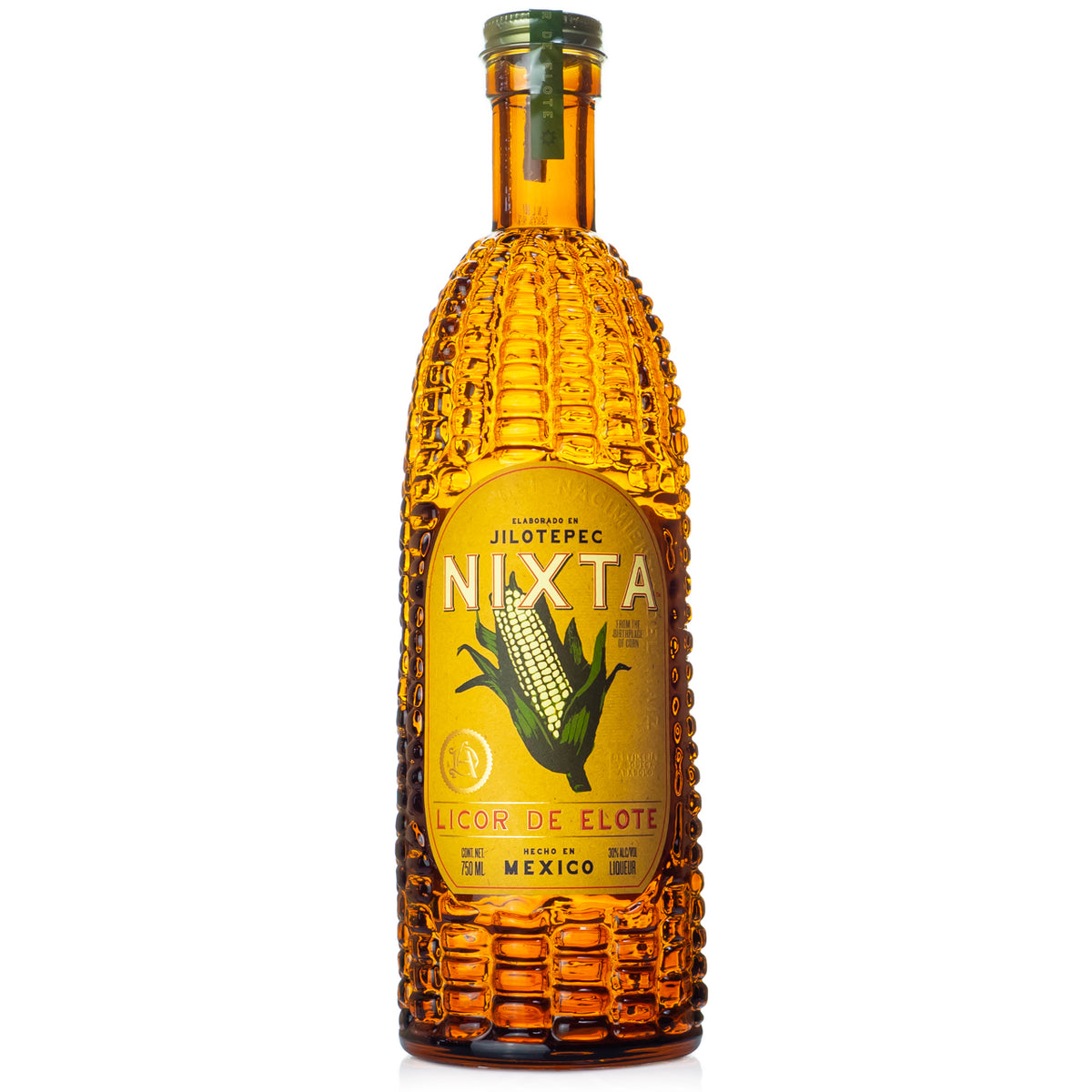 The bottle in question is a concoction called Nixta, made in Mexico from an ancient strain of maize.
The bottle in question is a concoction called Nixta, made in Mexico from an ancient strain of maize.

